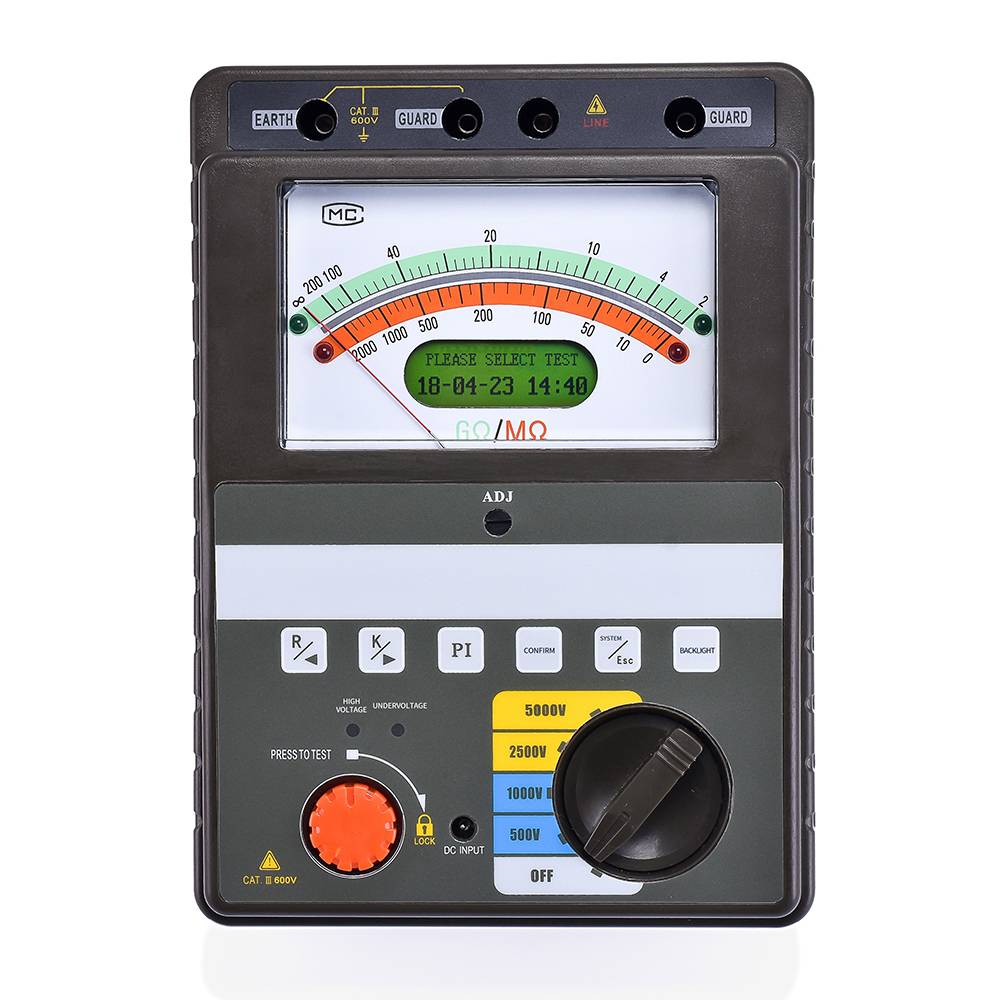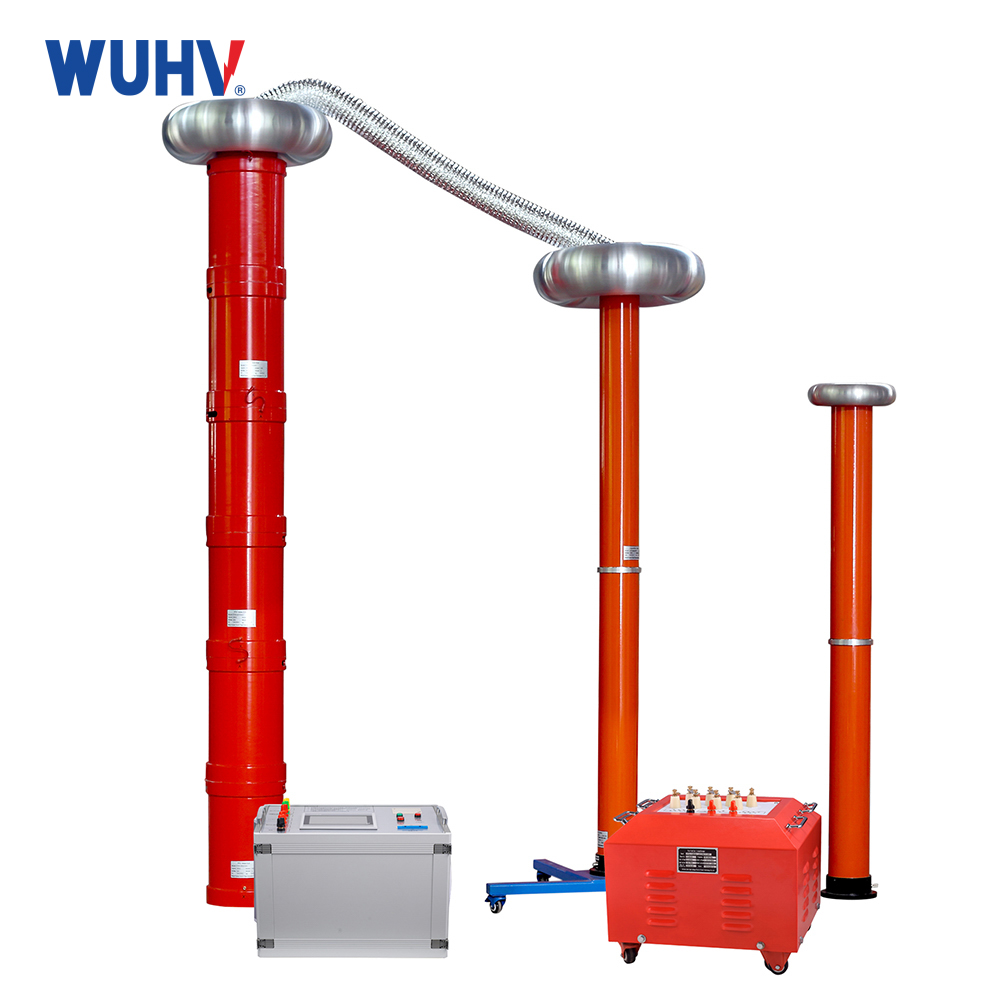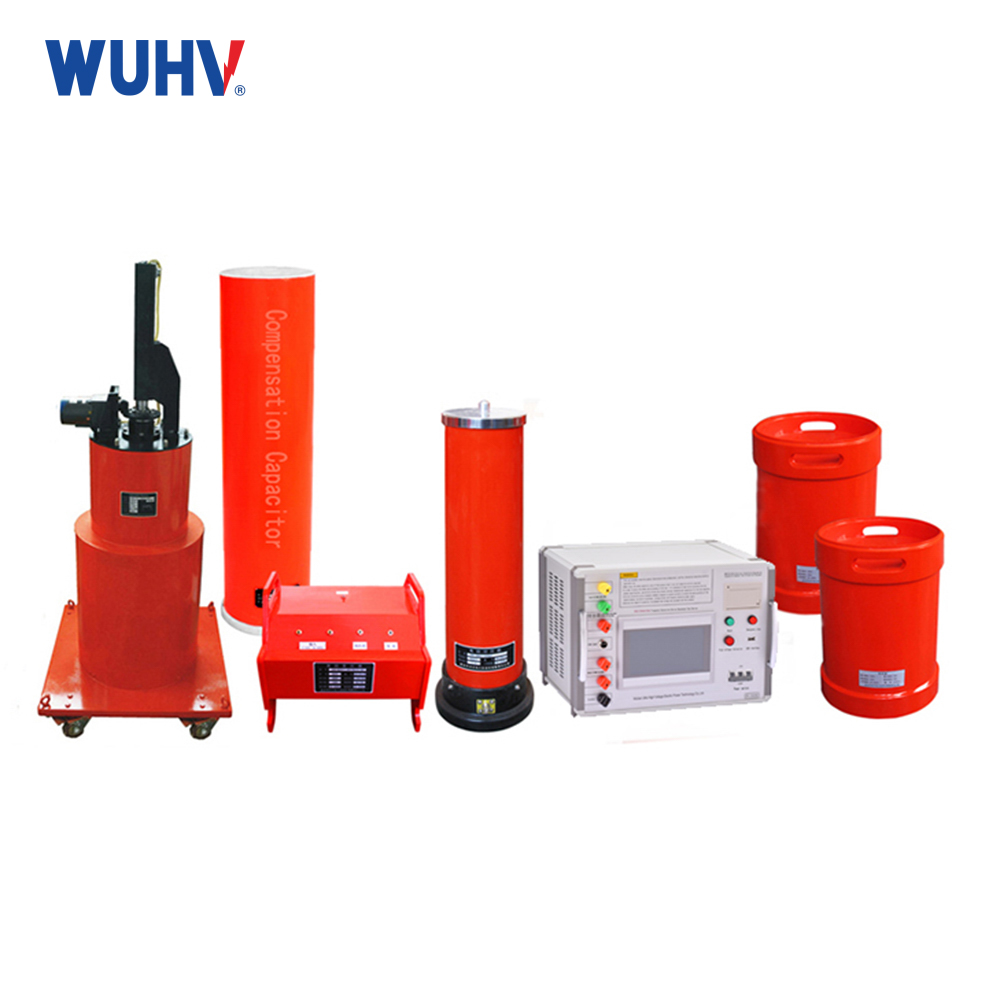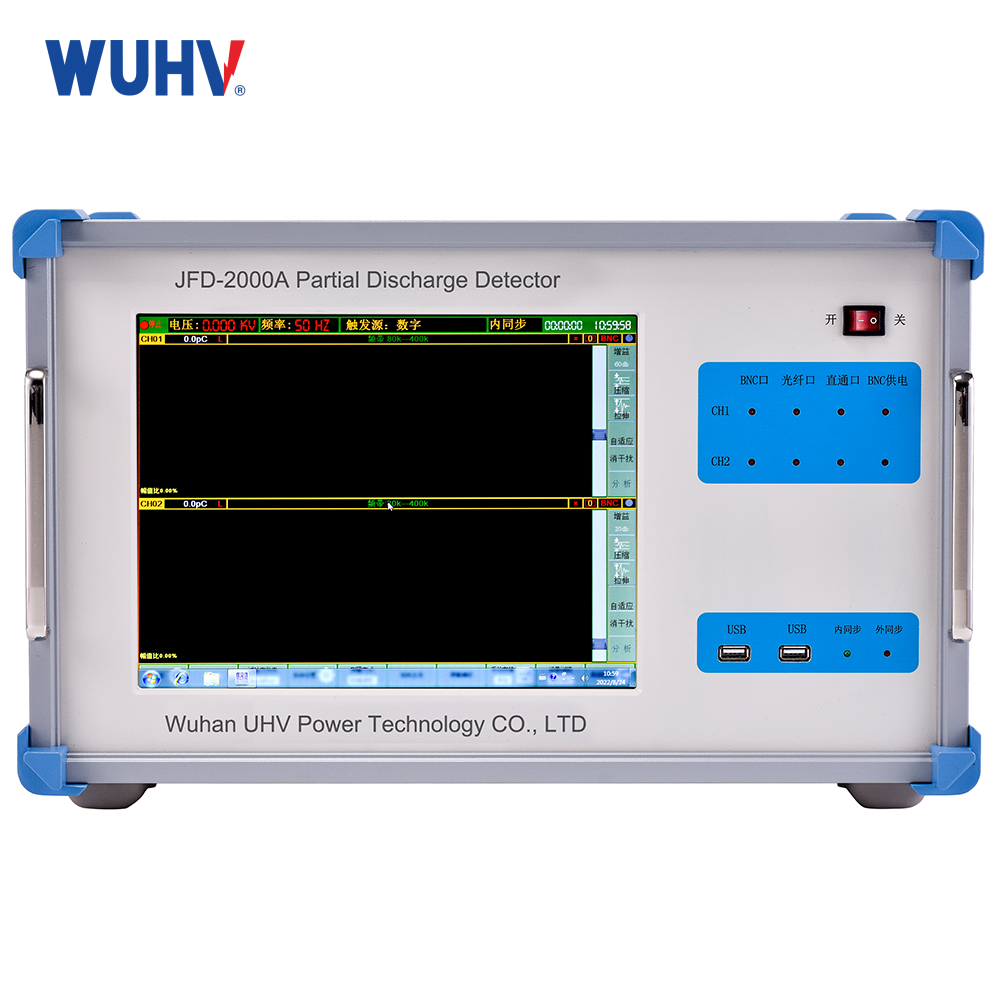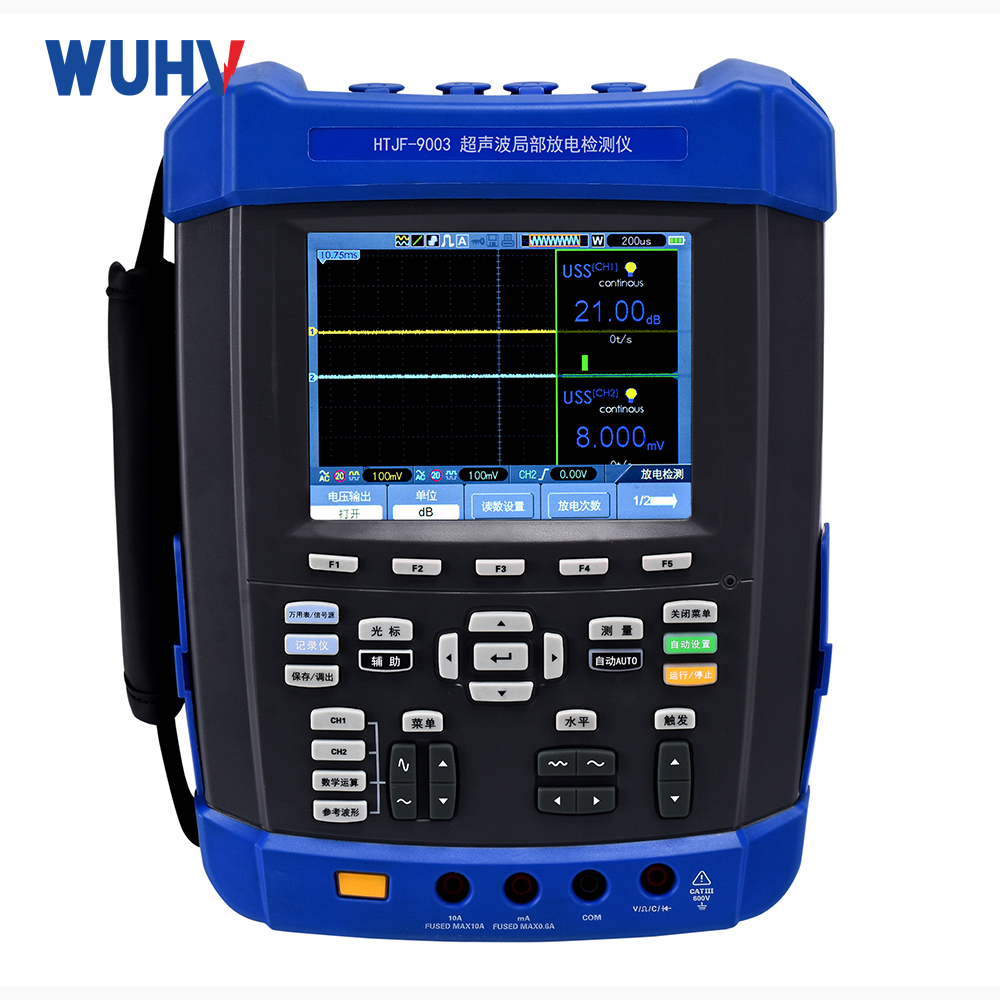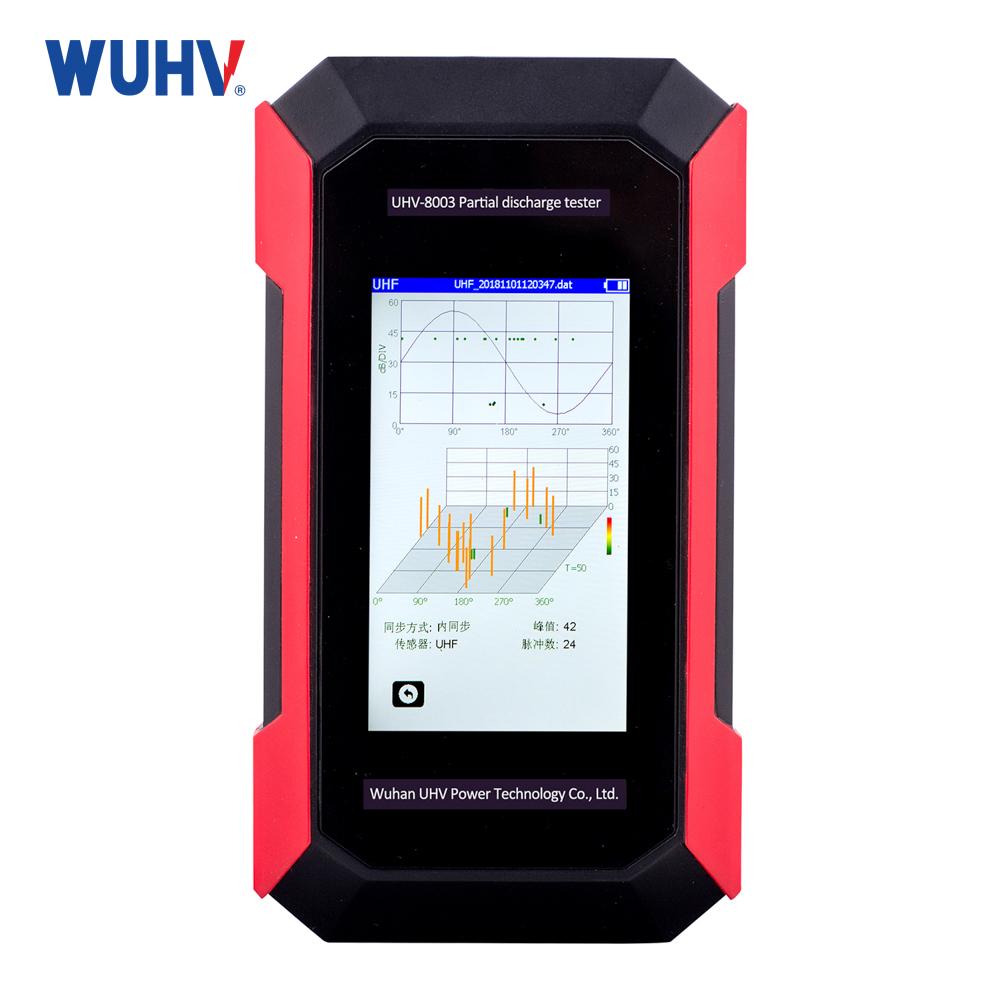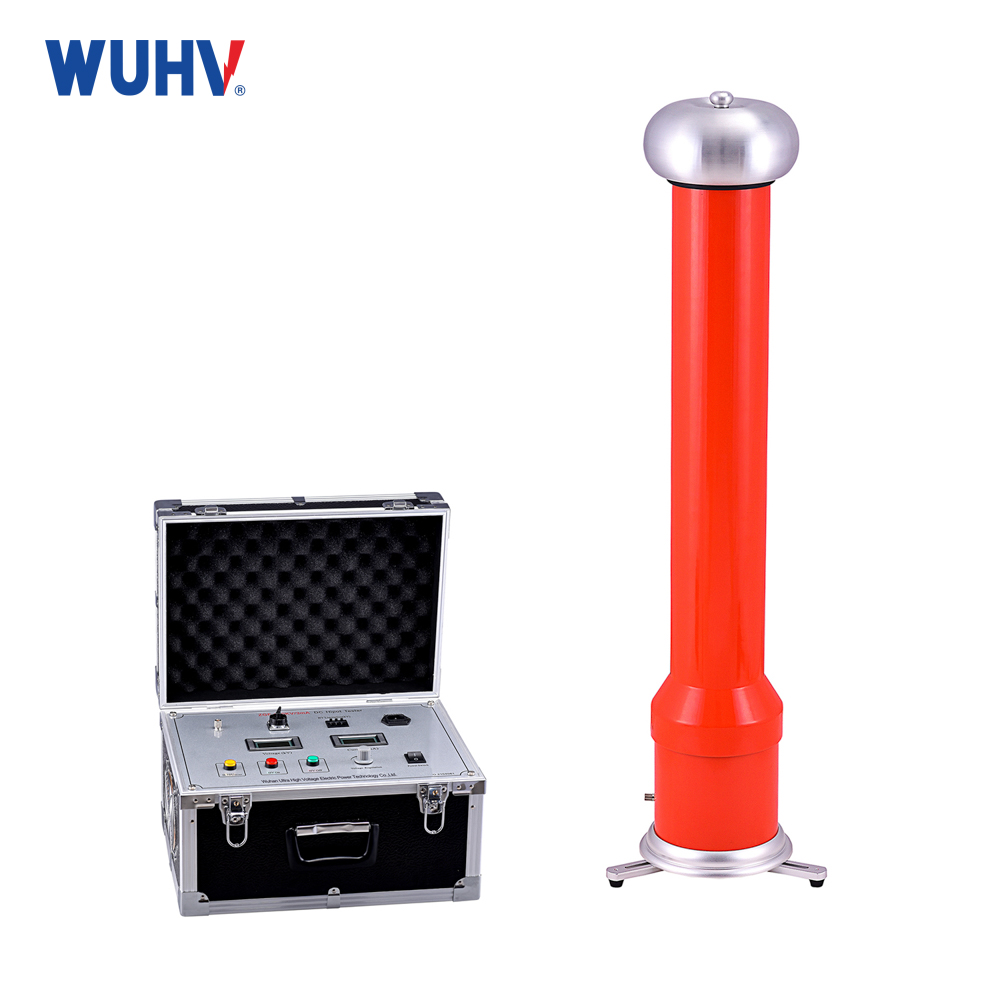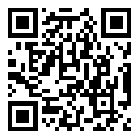The insulation resistance testerunder UHV power can help many power workers conduct various power tests more conveniently.
In daily life and work, the insulation resistance of all electrical devices and equipment must comply with the requirements of relevant specifications and standards to ensure the safety of on-site operations. Whether it is cables, segmented protection equipment, motors, generators, etc., their conductor parts must be isolated with high insulation resistance materials to prevent current from flowing out.
Over time, the insulation quality may decrease due to the environment, operating conditions, or other external forces in which the equipment is located. It reduces the resistivity of insulation materials, thereby increasing leakage current, which may cause serious accidents, endanger personal life and property safety, and may lead to factory shutdown and economic losses.
The insulation resistance tester is used to measure the resistance of various insulation materials and the insulation resistance of transformers, motors, cables, and electrical equipment to ensure the normal operation of equipment, appliances, and circuits, and to avoid electric shock, injury, and equipment damage accidents.
For test products with large capacitive loads, it is generally recommended to choose an appropriate voltage level and a sufficiently large output short-circuit current and insulation value range. The insulation resistance tester of the test product will automatically discharge, otherwise the resistance will have a greater impact and there will be significant errors in the absorption ratio test results. For testing sites with strong interference, a pointer type insulation resistance tester should be selected because the digital display shows large fluctuations in the measured data, which can confirm the true resistance value. However, the pointer type megohmmeter itself has a relatively large and slow interference to strong magnetic fields (mechanical instrument damping effect). Even if there is an impact, the pointer header display only swings slightly, and the numerical range is also very intuitive. For small interference, accurate measurement of insulation resistance is required, and digital display should be selected because it is intuitive and has high accuracy. In high-capacity testing scenarios such as measuring absorption ratio and polarization index, an intelligent insulation resistance tester that automatically measures absorption ratio and polarization index should be selected.


